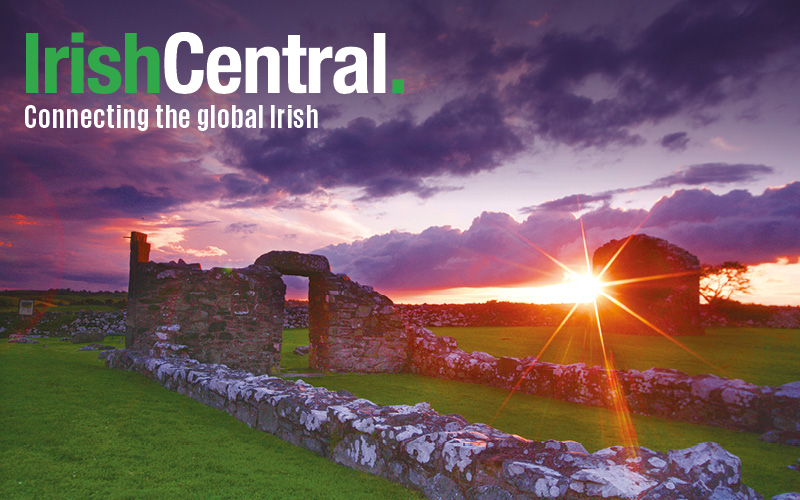Centennials are truly remarkable milestones. One hundred years – a full century – since a moment first entered the pages of history.
So it’s felt a little, shall we say, fantastical, to be commemorating two centennials of the same event with just a month between them.
Ireland celebrated the 100th anniversary of the 1916 Easter Rising with an emphasis on the “Easter.” In Dublin, on Easter Sunday, which fell this year on March 27, over 750,000 people gathered for a massive parade, while throughout the rest of Ireland hundreds of thousands more attended commemorative events in their counties and towns.
That means that over 1 million people – slightly less than a quarter of the entire population of the Republic of Ireland – engaged with the centennial in some way. By most accounts it was a truly patriotic, proud, and reflective celebration; a big success.
This coming weekend, here in the US, we’re preparing to commemorate the Easter Rising 100 years to the day, April 24, rather than 100 years to the Easter, as they did in Ireland.
And it’s hard not to feel a little run out of steam in the 1916 enthusiasm department.
Articles and event announcements heralding the centennial of 1916 began circulating (again) last week, bringing with them waves of déjà vu and a sense that we, as a global Irish community, are repeating ourselves.
Why did Ireland mark one day as the 1916 centennial and the rest of the world another? Was it to ensure a tourism boost for the commemorative events? Was it to avoid a St. Patrick’s Day-esque scenario in which Ireland’s leaders seem to be in every nation except the one they represent on the day that celebrates their country? It can’t be the latter, as only one government minister is traveling to the US for the 1916 celebrations.
Irish America played a massive role in the 1916 Rising. It’s safe to say that there might not even have been a Rising without the funds raised by Clan na Gael, John Devoy, and the time many of the key 1916 leaders spent gathering support and influence in the States. Where many in Ireland were not sure how to feel in the wake of the Rising, Irish America stood strongly in support of the rebels.
Even the Proclamation of the Irish Republic specifically cites the instrumental support of Ireland’s “exiled children in America.”
With this in mind, it would have been much more fitting to pick one day – be it Easter or April 24 – to mark the centennial of the Rising and make it an international celebration of Ireland’s declaration of independence and the many changes that have taken place since.
It’s important for a country and its diaspora to have a day as a rallying moment to mark its history. The US has the 4th of July, Mexico has Cinco de Mayo, Canada has Canadian Independence Day on July 1. Ireland has St. Patrick’s Day, but that’s a celebration of Irish culture (or an international bastardization of it, depending upon whom you ask), not a celebration of Irish history.
In the year 2116, Easter falls on Sunday, March 29, 2116, meaning the same question of which day to commemorate that arose for the centennial will also impact the bicentennial.
So, dear Ireland and people of Irish heritage alive in 2116, assuming all has gone well this message is for you: Save yourself the risk of any confusion or fatigue. Pick one day to mark as the 1916 bicentennial in both Ireland and around the world, and make it a massive, international celebration of Ireland’s freedom and history.




Comments